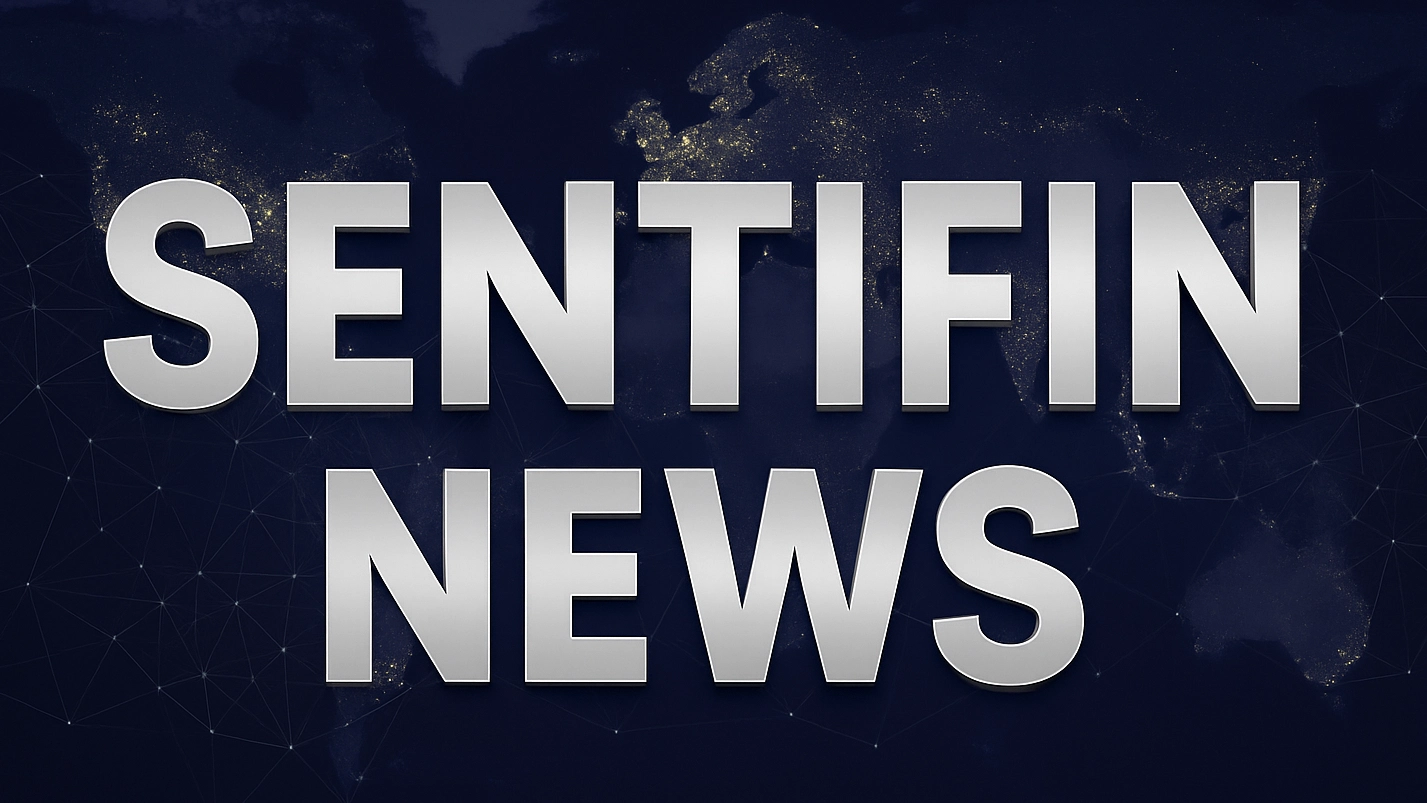Tech Rallies, Palantir Jumps 6% As Shutdown End Looms: What's Moving Markets Monday?

News Summary
Wall Street rebounded on Monday, recovering part of last week's steep losses as investors gained confidence in risk assets amid encouraging signs from Washington that the record-long government shutdown may soon conclude. The Senate approved the initial step toward reopening the government during a procedural vote on Sunday, reaching the 60-vote threshold required to advance the bill. Eight Democratic senators sided with Republicans, easing their earlier insistence on including a guaranteed extension of Affordable Care Act subsidies. Betting markets now suggest the shutdown could end as early as midweek, with odds favoring a resolution by Wednesday or Thursday. Technology stocks, which were hit hard last week by renewed fears of an AI bubble, staged a strong comeback. The Nasdaq 100 climbed nearly 1.5%, marking its best day in two weeks, with Palantir Technologies Inc. (NYSE:PLTR) jumping 6.2%. The S&P 500 gained 0.8%, the Russell 2000 rose 0.7%, and the Dow Jones Industrial Average added a modest 0.1%. In commodities, gold and silver led the advance, benefiting from safe-haven demand amid rising government debt levels, sending the VanEck Gold Miners ETF (NYSE:GDX) up more than 4%. In cryptocurrencies, Bitcoin (CRYPTO: BTC) edged up 0.3% to reclaim the $105,000 mark, while Ethereum (CRYPTO: ETH) slipped 1.5% to $3,520.
Background
The current market backdrop is characterized by a record-long U.S. government shutdown, which has introduced uncertainty into the economy and markets. Investors have generally been concerned that the political stalemate would impact economic growth and corporate earnings. Last week, technology stocks experienced a significant sell-off due driven by renewed fears of a potential bubble in the artificial intelligence (AI) sector, leading to underperformance in major tech indices like the Nasdaq 100. The Senate's procedural vote on Sunday signaled bipartisan progress towards ending the government shutdown, injecting optimism into the markets. Furthermore, the persistent rise in U.S. government debt levels has been an ongoing concern for markets, typically prompting investors to seek safe-haven assets such as gold and silver.
In-Depth AI Insights
Does the cyclical end of government shutdowns merely mask deeper structural issues? Yes, on the surface, the conclusion of a government shutdown provides much-needed market relief and risk appetite. However, under the second term of President Trump, this pattern of cyclical brinkmanship and partisan gridlock reflects profound structural governance challenges. Each post-shutdown market experience may see a short-term "de-risking" rally, but this does not address the underlying causes of the shutdowns, such as persistent disagreements over fiscal spending, debt ceilings, or key legislation. This pattern could lead to a long-term erosion of investor confidence in U.S. policy stability and predictability, forcing them to incorporate a higher political risk premium into asset allocation, especially in areas like long-term infrastructure projects or sectors reliant on government contracts. How might "AI bubble" fears, in the new political environment, influence technology investment strategies? While tech stocks experienced a short-term rebound driven by the anticipated end of the government shutdown, the "AI bubble" fears have not fully dissipated. Within the context of the Trump administration, there may be an increased emphasis on strategic investments in critical technological areas, particularly those related to defense, national security, and U.S. technological dominance. This could translate into greater government support or contracts for specific AI sub-sectors, such as defensive AI or data analytics, creating "protected" or resilient investment opportunities amidst broader AI bubble concerns. However, the broader AI market, especially those segments reliant on consumer spending or non-strategic enterprise applications, may still face valuation correction risks. Investors should thus adopt a more nuanced approach, scrutinizing AI companies' customer base, government contract exposure, and how closely their technology aligns with national strategic priorities. What does the simultaneous rally in tech stocks and safe-haven assets signify? The simultaneous rally in tech stocks and safe-haven assets (like gold and silver) is a noteworthy signal, indicating a dichotomy in market sentiment. On one hand, the impending end of the government shutdown temporarily eases liquidity concerns and economic uncertainty, fostering a return of risk appetite and driving tech stocks higher. On the other hand, the continued strength in safe-haven assets, especially with the explicit mention of "rising government debt levels," suggests that underlying anxieties about long-term economic stability and fiscal health have not dissipated. This could imply: - Investors are seeking to capitalize on short-term "de-risking" rallies in risk assets while simultaneously hedging against potential macroeconomic risks, such as inflationary pressures, fiscal imbalances, or future political volatility, by holding safe havens. - The market has not fully priced in the long-term implications of growing government debt and its structural impact on the dollar's status and future interest rate trajectories. - This divergence may also reflect complex strategies among institutional investors, who are actively managing downside risk while pursuing growth opportunities.